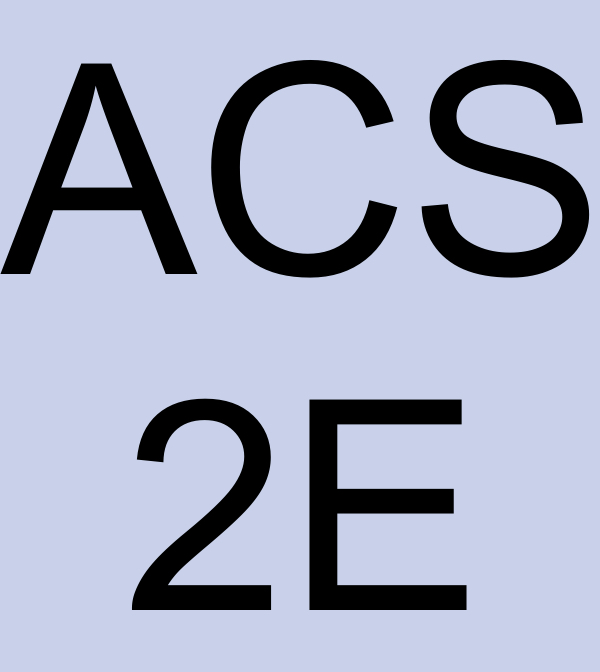Activity 8.1.2.
Let \(f(x)=e^x\) and \(T_2(x) = b_0 + b_1 x + b_2 x^2\text{.}\) We seek numerical values for the constants \(b_0\text{,}\) \(b_1\text{,}\) and \(b_2\) so that \(f(0)=T_2(0)\text{,}\) \(f'(0)=T_2'(0)\text{,}\) and \(f''(0)=T_2''(0)\text{.}\)
(a)
Note that since \(b_0\text{,}\) \(b_1\text{,}\) and \(b_2\) are constants, if we take the derivative of the quadratic function \(T_2\) using the sum and constant multiple rules, it follows that \(T_2'(x) = b_1 + 2 b_2 x\text{.}\)
What is \(T_2''(x)\text{?}\)
(b)
(c)
Enter the formulas you’ve determined for \(f'(x)\text{,}\) \(f''(x)\text{,}\) and \(T_2''(x)\) to fill in the blanks below.
\begin{align*}
f(x) \amp= e^x \amp T_2(x) \amp= b_0 + b_1 x + b_2 x^2 \\
f'(x) \amp= \fillinmath{XXX} \amp T_2'(x) \amp= b_1 + 2 b_2 x \\
f''(x) \amp= \fillinmath{XXX} \amp T_2''(x) \amp= \fillinmath{XXX}
\end{align*}
(d)
Next, observe that since \(T_2(x) = b_0 + b_1 x + b_2 x^2\text{,}\) it follows that \(T_2(0) = b_0\text{.}\) Reason similarly to determine the values of \(T_2'(0)\) and \(T_2''(0)\text{,}\) as well as those of \(f(0)\text{,}\) \(f'(0)\text{,}\) and \(f''(0)\) and enter these values appropriately in the blanks below.
\begin{align*}
f(0) \amp= \fillinmath{XXX} \amp T_2(0) \amp= b_0 \\
f'(0) \amp= \fillinmath{XXX} \amp T_2'(0) \amp= \fillinmath{XXX} \\
f''(0) \amp= \fillinmath{XXX} \amp T_2''(0) \amp= \fillinmath{XXX}
\end{align*}
(e)
Now, recall that we want the function values, first derivative values, and second derivative values of \(f\) and \(T_2\) to match at \(a = 0\text{.}\) What does \(T_2(0) = f(0)\) tell us about the value of \(b_0\text{,}\) and what is its value? What does \(T_2'(0) = f'(0)\) imply the value of \(b_1\) is? How can we reason similarly to find \(b_2\text{?}\)
(f)
Having now determined the numerical values of \(b_0\text{,}\) \(b_1\text{,}\) and \(b_2\text{,}\) use appropriate computing technology to plot the function \(T_2(x) = b_0 + b_1 x + b_2 x^2\) along with \(f(x)=e^x\) and \(T_1(x)=1+x\) in the same window as that shown in Figure 8.1.5.


